Polymer Clay Canes Tutorials
A wide variety of video tutorials on polymer clay canes, with step by step instructions. Achieve success in every cane you try, from basic Ikats to advanced flowers.
Canes are one of the most fascinating aspects of polymer clay art and one of my favorites. The possibilities are endless. From simple lace canes to the more complex kaleidoscope, I'll be adding them all here.
So be sure to check back often, or like my Facebook page to stay up to date with the cane tutorials as they are added.
Basic Polymer Clay Canes
Skinner Blend Plug Cane
A Skinner Blend Plug consists of a long, stretched out Skinner Blend, concertina folded into a rectangular cane.
In this Skinner Blend Plug tutorial I'll be showing you how to make your plug using both the traditional folding method, as well as the compression method which I prefer to use.
How to make a basic bulls eye cane
In this video I'll be showing you the Basic
Bulls Eye Cane technique. The Bulls Eye is a basic polymer clay
cane that is used to create other more complex canes. It's easy to make, but very important to learn as a foundation to other polymer clay techniques.
When you first start
learning how to make polymer clay canes, it's best to start with what I call the building block canes. The Basic Bulls Eye Cane is the simplest of these.
Making a Skinner Blend Bulls Eye cane
In this tutorial I’ll be demonstrating a polymer clay Skinner Blend
Bulls Eye Cane.
This cane is one step up from the Basic Bulls Eye Cane shown in the previous tutorial. It's still a very basic building block cane, but incorporates a Skinner Blend to add more depth.
Complex Bulls eye petal cane tutorial
The Complex Bulls Eye Petal Cane is a fun, easy and versatile cane that can be used as part of detailed kaleidoscopes or flower canes, as butterfly wings or in many other ways.
You can add Skinner Blends and colors to match this cane to any project. In this tutorial, I'll be showing you a simple black and white version of the Complex Bulls Eye Petal Cane.
Polymer clay Jellyroll cane
Another basic building block cane
is the Jellyroll Cane. It's also very easy to make, but essential to learn, because it can be used as a foundation element for many other canes.
In this tutorial I'll be showing
you how to make a basic Jellyroll Cane, as well as some of the other polymer clay techniques you can use it for.
Polymer clay striped cane tutorial
The striped
cane is an important, basic polymer clay technique that is often
used in
combination with other techniques. You will often see it in more complex
caning projects, as well as Mokume Gane. So, although it looks simple,
it is an important cane to learn before you progress to more exciting
polymer clay designs.
In this tutorial I’ll be showing a basic striped cane with black and
white stripes.
How to make a checkerboard cane
The checkerboard
cane is another important basic polymer clay technique that is often used in
combination with other techniques in more complex projects and canes.
In this tutorial I’ll be showing a basic black and
white checkerboard cane.
Kaleidoscope polymer clay Canes
Basic Kaleidoscope Cane
Kaleidoscope canes are complex canes which are built with other base canes as their components. In this polymer clay tutorial I'll be showing you a basic Kaleidoscope Cane.
It's easy to
create different versions of this cane, just by changing out the base
canes you combine.
Square Kaleidoscope Cane
The square kaleidoscope cane is a fun twist on the basic hexagonal version. The shapes are easier to master and the square cane is easier to reduce. This makes the square kaleidoscope cane a good cane to start out with if you are just beginning with canes. It's fairly easy to do, but far more interesting than the basic cane components that it is made up of.
Leftover Kaleidoscope Cane
In this tutorial, I'll be sharing one of my favorite leftover techniques - The Leftover Kaleidoscope Cane.
I love this cane, not only because it's a great way to use up leftover clay, but also because you never know what you're going to come out with until you assemble the cane right at the end. Every cane is different. It's always a surprise.
Geometric polymer clay Canes
Striped Checkerboard Border Cane
The Striped Checkerboard Border Cane is the next step for beginners after completing the basic canes.
It's easy to make and is a great way to add
interest to even the most simple projects while you learn the basics.
African Fabric Geometric Cane
In this polymer clay tutorial I’ll show
you how to combine simple polymer clay canes into one project to create a complex African Fabric Geometric Cane.
It’s a really simple polymer clay cane project. Perfect for those just
getting started with polymer clay canes and great fun.
Image polymer clay Canes
How to make a basic leaf cane
In this polymer clay tutorial I'll be showing you how to make a basic
leaf cane. Simple leaf canes are an important building block in complex canes such as Kaliedoscopes or landscapes.
However, as with many of the canes, leaf canes can be made as simple or as complex as your imagination allows. There will be other tutorials showing you how to make more detailed leaf canes coming up soon.
Polymer clay brain cane
In this polymer clay
tutorial I’ll be showing you how to make a brain cane, also known as a squiggle cane. It’s really fun and easy
to do. Great for beginners.
It can be used in many other polymer clay techniques. In the tutorial I'll be showing how to use it create Mokume Gane and a Kaleidoscope cane.
Leftover Feather cane tutorial
This is another great tutorial where I'll show you how to turn your leftover clay into a beautiful and useful polymer clay cane.
This time we'll be making a Leftover Feather Cane. Each time you make it, you'll get a different result depending on the ball of leftover clay you start off with.
Fire flower cane
In
this tutorial I’ll be teaching
something I like to call a Fire Flower cane. This is just one of many variations of the flower cane that I will be posting over the coming months.
Flower canes can be used on their own, or incorporated into more complex polymer clay designs. They are great fun to play around with. Try changing out the colors and see what you can come up with.
How to Make a Black and White flower cane
This tutorial covers a simple black and white flower cane with rounded petals. It can be used alone or as a beautiful accent piece.
Polymer Clay Sesame seed cane tutorial
The Sesame seed cane is a beautiful and simple way to create
something interesting from the humble beginnings of a Skinner Blend and a
Skinner Blend Bulls Eye Cane.
In this tutorial, I've made a blue
and white cane with white sesame seeds, but you could use any colors,
and add more or less seeds to vary the effect.
Blended Flower Polymer Clay Cane
In this tutorial I'll be showing you how to make a blended flower
polymer clay cane based on a Skinner Blend Ikat cane. This is a really
simple but very effective cane that you can change up to suit all sorts
of design ideas.
Silent Night Polymer Clay Snowflake Cane Tutorial
In this tutorial we will be making a simple, but really pretty, polymer
clay snowflake cane. I'll show you how to make it, reduce it to various
sizes and how to use it to make the stunning silent night beads that
this project is named after.
This polymer clay cane is really
easy to make, but so effective. Please do give it a try. It's great fun
and produces a beautiful and rewarding result.
Evening Rose Cane Polymer Clay Tutorial
In this polymer clay
tutorial I’ll be showing you how to make an easy, stylized rose cane.
It's a simple, fun way to get the effect of a rose without a lot of
messing around with color blending.
It's great for caning beginners
or people who just don't enjoy the fussing that is necessary with some
polymer clay canes. I'm calling mine an evening rose because of the
colors, but you can use any colors you like for this project.
Polymer Clay Rose Cane Tutorial
In this polymer clay
tutorial we’ll make a realistic polymer clay rose cane using
Premo Sculpey clay.
The technique shown is easy to follow. It's a great cane technique for
beginners in polymer clay as there’s no packing with translucent clay required.
You can use this cane in many different projects, changing up
the colors for different effects. The rose cane is simple and easy to
master, but wonderfully versatile and beautiful.
Polymer Clay Poppy Cane Tutorial
In this tutorial I'll show you how to create a simple yet
beautiful polymer clay poppy cane. All you need to know are the basics such as
skinner blends, skinner blend plugs and bulls eye canes.
This cane is a great start for beginners and is really
easy to create. It's striking and works well with Fall or Summer projects.
Abstract Polymer clay canes
How to make a stroppel cane
The Stroppel cane originally developed by Alice Stroppel is a great technique for using up polymer clay leftovers. It
gives a really cool rock slab effect that changes each time you do it.
This technique works best when you use cane ends, but any leftovers will do.
The
Stroppel cane technique I show in this tutorial is not exactly the same as
Alice's. This is my own twist.
Amoeba Bulls Eye Cane
In this polymer clay tutorial I’ll be showing you how to make an Amoeba Bulls Eye Cane using Wrapped Bulls Eye Canes as a base. It’s a versatile technique
that can be done in many different color combinations.
In the video I will also show you two other complex canes using the wrapped Bulls Eyes and here's a link to my
Rippling Bulls Eye technique which also uses Wrapped Bulls Eyes as a starting point.
Polymer clay ikat cane tutorial
A polymer clay Ikat Cane can be incorporated in many different canes and techniques such as
flower petals and eye canes. It’s a wonderful, fun little cane to make and a great
one for beginners to play around with.
In this Ikat cane tutorial, I'll be showing you the original version, invented by Donna Kato, as well as my own spin on the technique.
Checkerboard ikat cane
Did you know you can use leftover checkerboard canes to make an Ikat cane?
The Checkerboard Ikat technique creates more distinct lines than the basic Skinner Blend version above, and produces something beautiful from your scraps.
How to Make a Modern Art Cane
In this polymer clay tutorial I'll be showing you how to make an abstract cane that is really effective used either on its own or in combination with other techniques.
I like to call it the Modern Art Cane, because it reminds me of a piece of abstract art work. In this tutorial I used a Skinner Blend Plug, but you could adapt this method in many different ways by using different colors or canes as a starting point.
Cobble Stone Cane Polymer Clay Leftover Technique
This Cobble Stone Cane is a great way to use up leftover cane ends. It
creates an interesting pattern, perfect for the background of any
polymer clay project.
The one in this tutorial is made using the
leftover cane ends of a black and white flower cane. You could do this
technique with any cane leftovers to create many different and
interesting effects.
Doodle Rose Cane Polymer Clay Tutorial
In this polymer clay
tutorial I’ll be showing you how to make a doodle rose cane. Its a fun,
abstract cane that doesn't require too much precision. No matter how you
put it together and reduce it, it will still create a pretty and
interesting effect.
It’s a great cane for getting started with polymer clay and can be added to lots of easy projects.
Translucent Polymer Clay canes
Translucent Polymer Clay Lace Cane
After so many requests on my Patreon page,
I have finally gotten around to doing a Translucent Polymer Clay Lace Cane Tutorial!
The translucent lace cane is widely versatile. In this tutorial, I'll be showing you how to make a basic translucent lace cane that can be incorporated into many different designs, or adapted to make different translucent canes. I'll be showing you lots of examples at the end of the tutorial. The principles learned here, can also be used to make non-translucent
lace canes.
Translucent Polymer Clay Bubble Cane
The translucent polymer clay bubble cane is very similar to the translucent lace cane above, but the assembling process needs to be done more precisely to avoid any squishing of your circles. Any distortion and the bubble effect will be lost.
In
this polymer clay tutorial I'll be showing you how to make a basic
translucent polymer clay bubble cane, with examples of how to use it in
your polymer clay designs.
Translucent Nautilus Polymer Clay Cane
In this polymer clay
tutorial I’ll be showing you how to create a
translucent nautilus polymer clay cane. It's super easy to make, and is an excellent way to add depth to your projects.
I use it in the Rainbow Skinner Blend Pendant Tutorial, so have a look at that for some ideas if you like.
Polymer Clay cane Tips
How to reduce polymer clay canes
Learning how to reduce polymer clay canes correctly is a very important basic caning skill. Incorrect reduction will result in distortion of your image.
In this tutorial I'll be showing you how to reduce round, square, triangular and hexagonal canes.
I'll be adding many more canes tutorials to this page over the coming months, so watch out for those.
If you would like to stay up to date with new articles and tutorials as they are released, please join my Facebook Group, and don't forget to like and share with your friends.
The group is the best place to keep up with all the latest news, product
releases and tutorials, and you will have early access to new material
before it is released on YouTube or the website. There are also exclusive
giveaways and a discount coupon for my shop, JessamaDesign on Etsy.
We have a fabulous group of members already. It's a great place to
share, be encouraged and ask all of your polymer clay questions.
If you are looking for complete project ideas, or something a little more complex, I have some cool polymer clay tutorials on my Etsy shop. Alternatively, take a look at my Patreon page. For a small monthly membership fee, you will have access to all sorts of tip and tutorial videos reserved especially for my members, as well as, some of the Etsy ones. Our community is steadily growing over there, and we would love for you to join us.














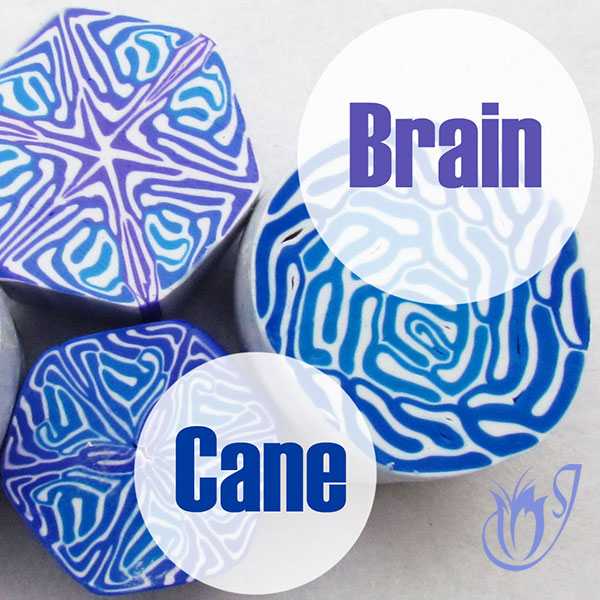
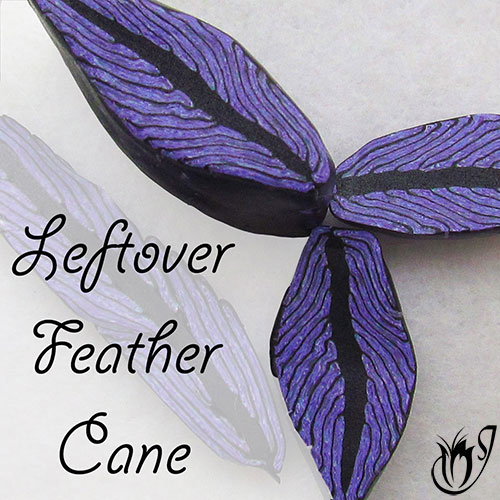
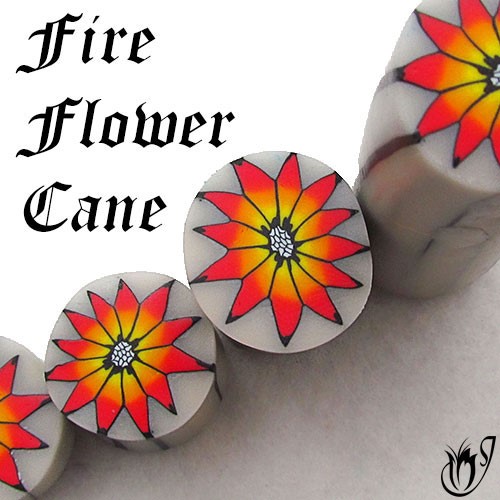

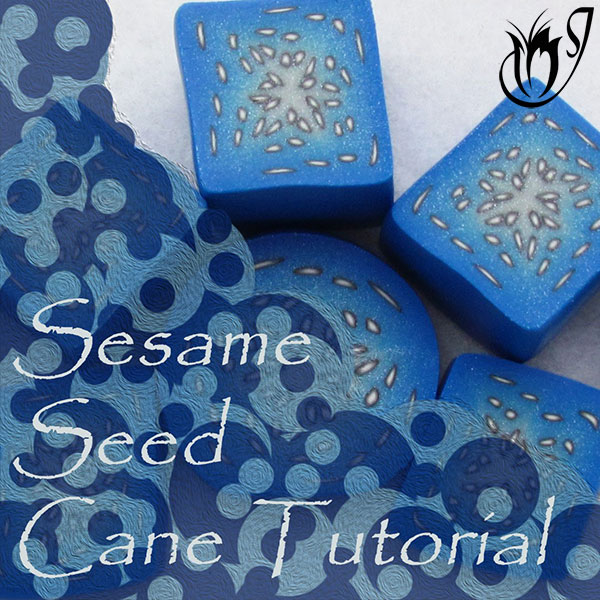
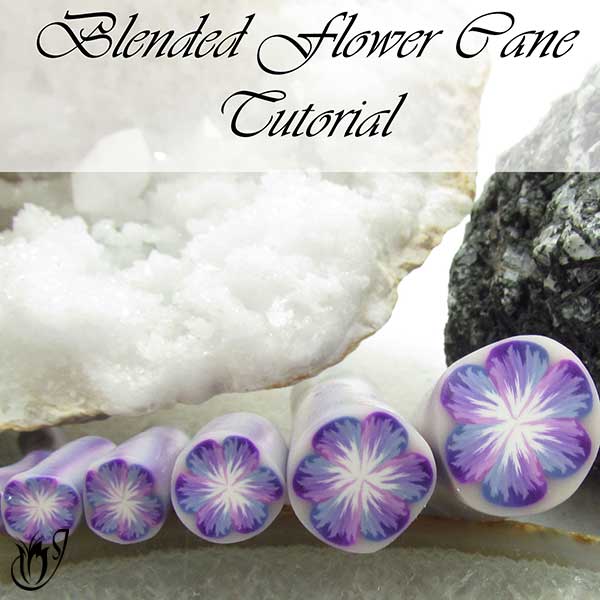
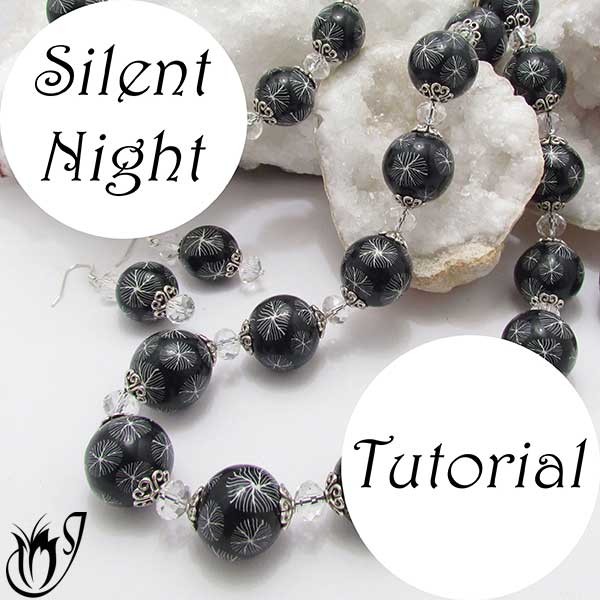

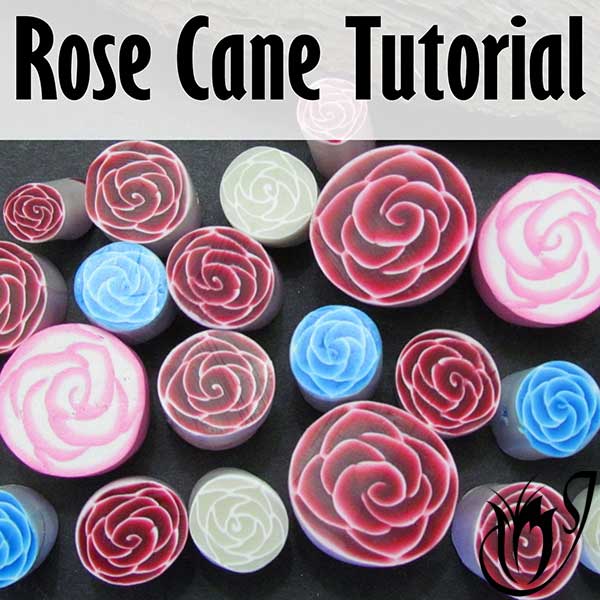

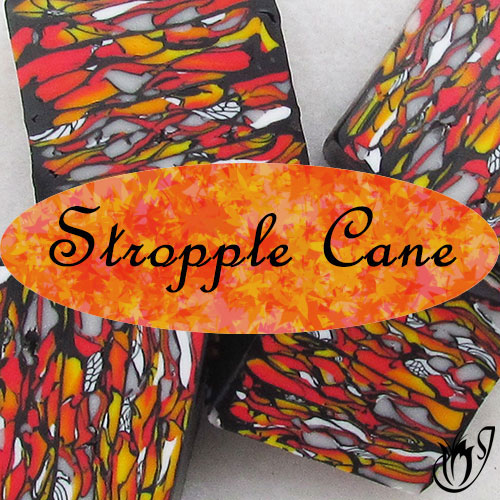
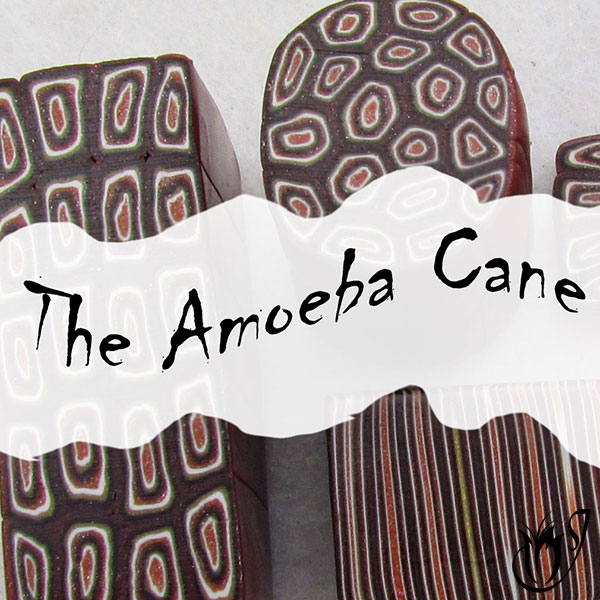

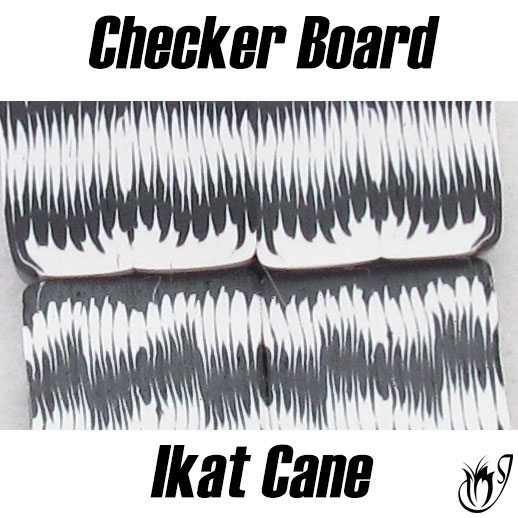
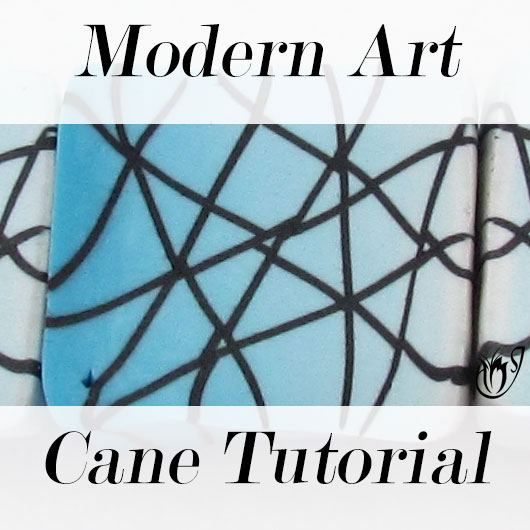
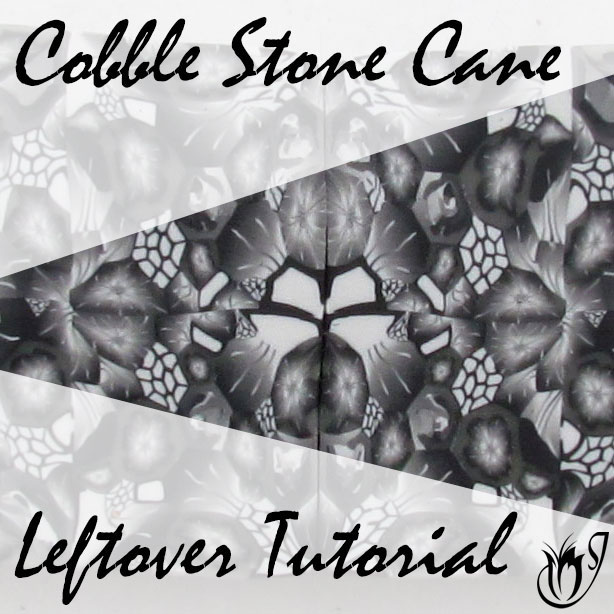
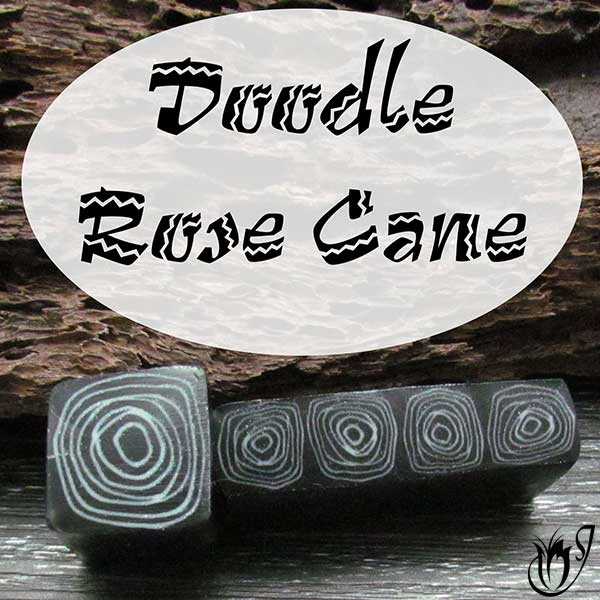
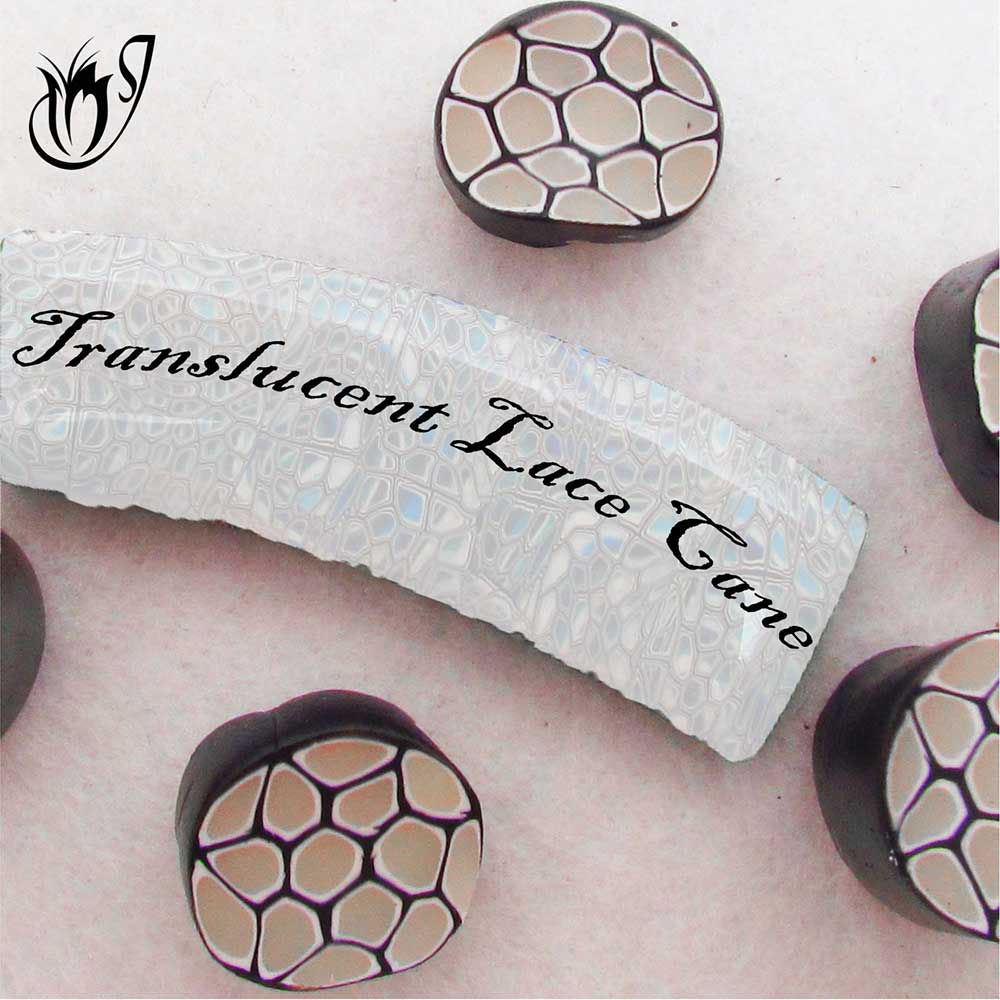
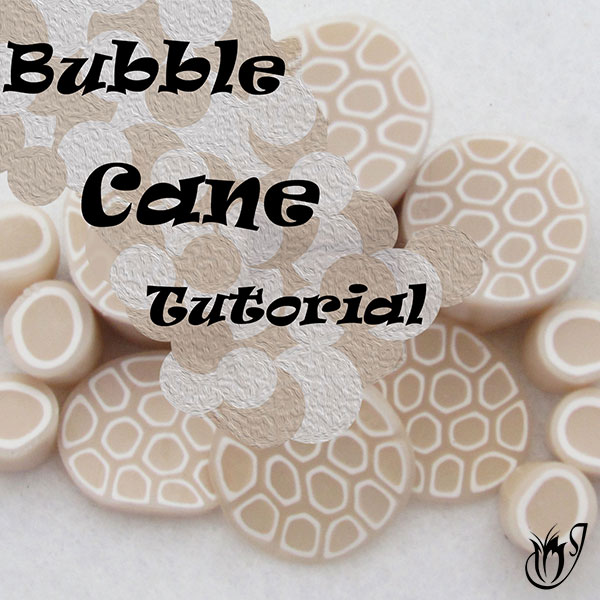

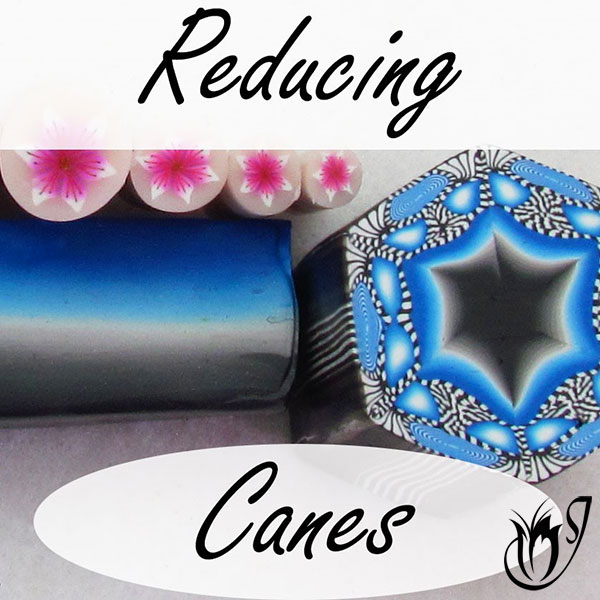

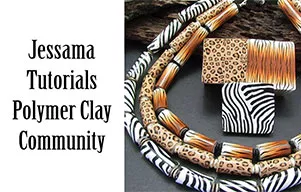

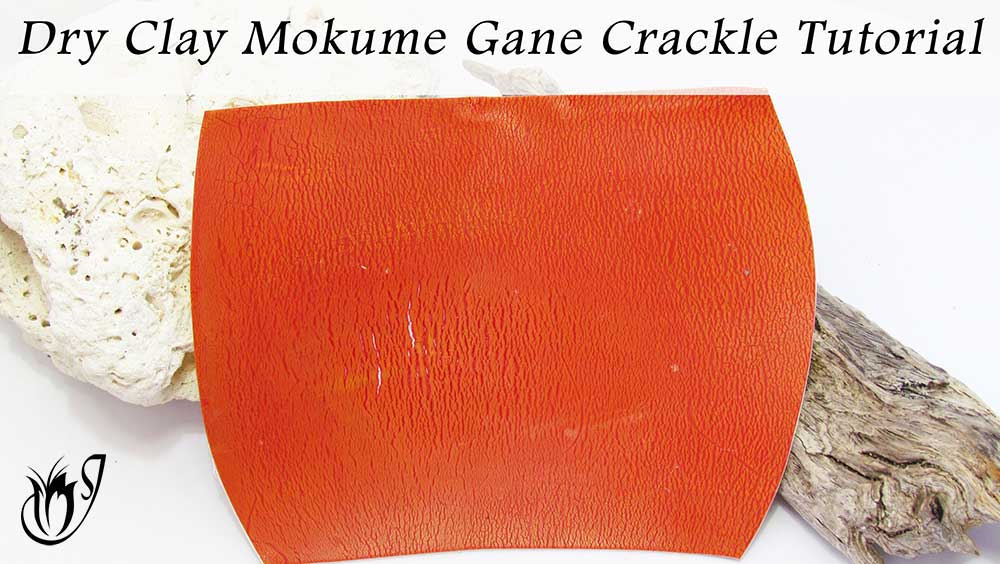
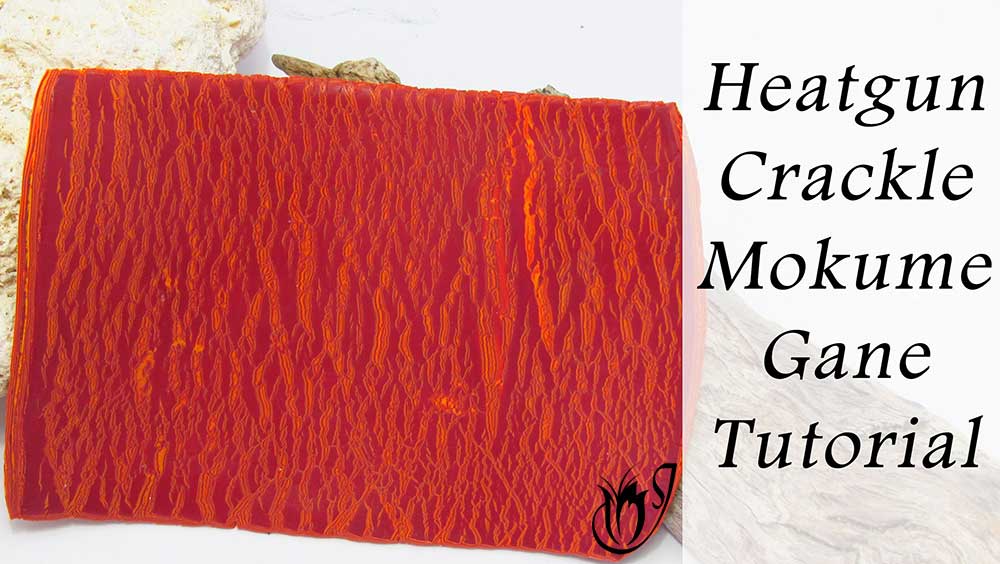
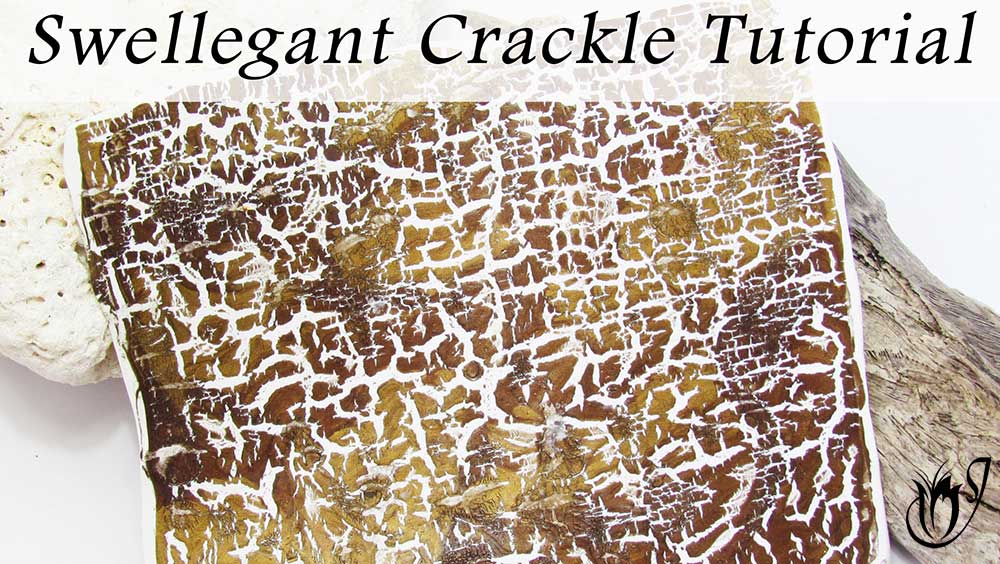
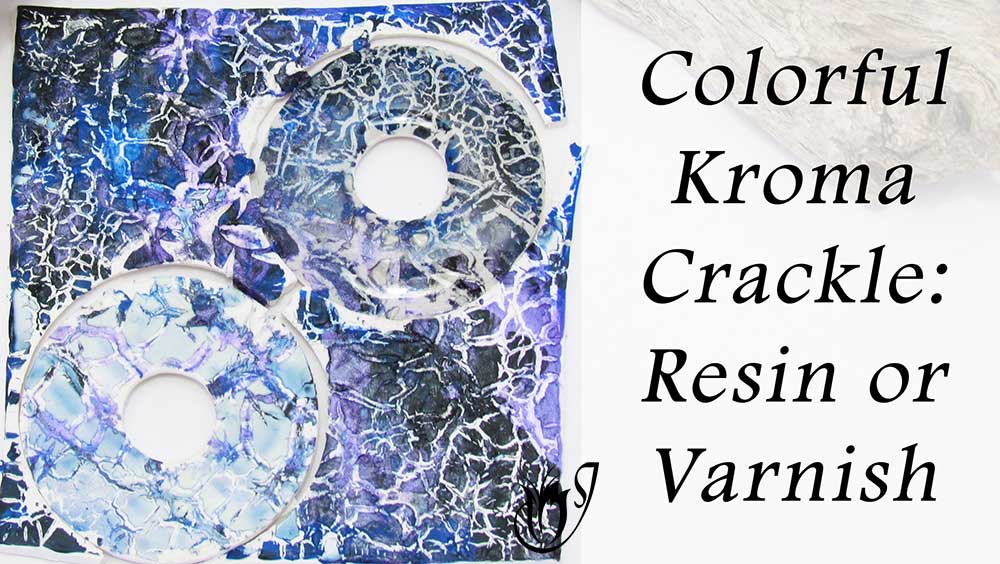
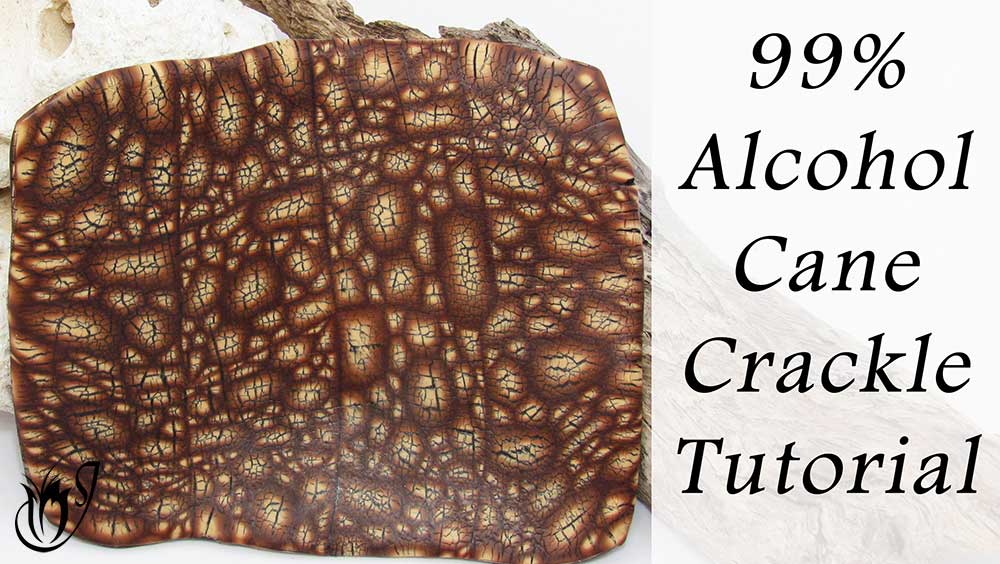
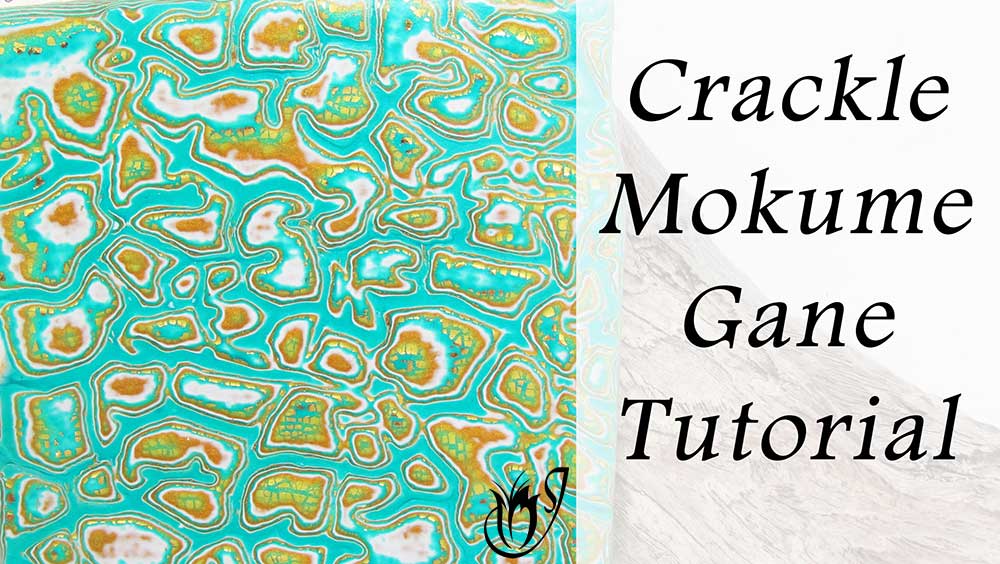
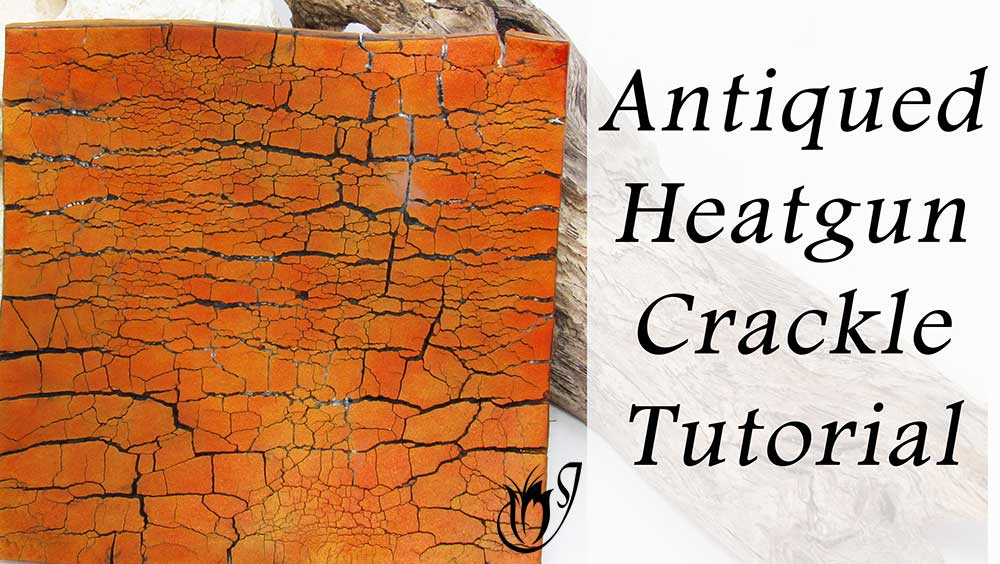

Please leave your comments below: